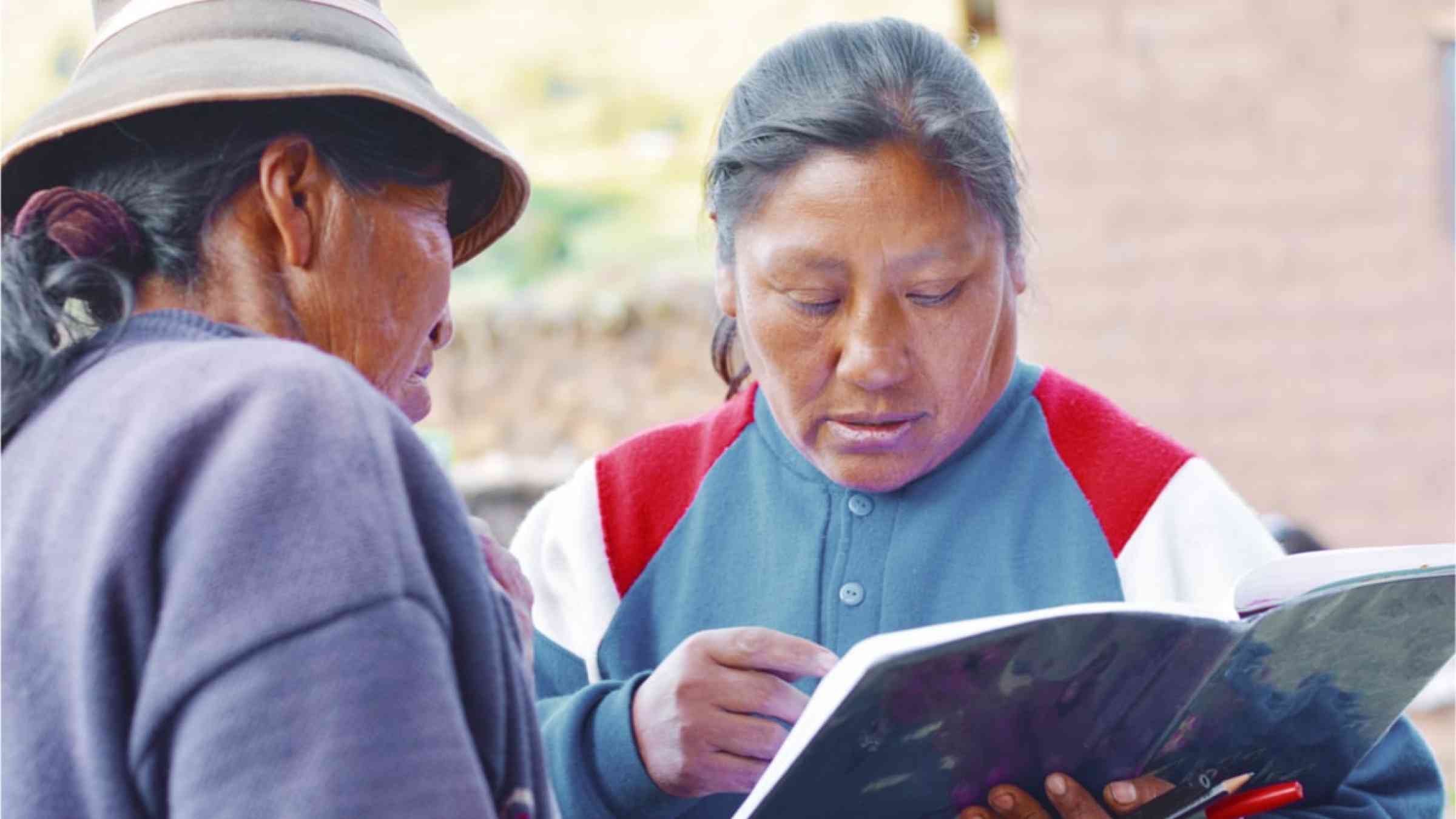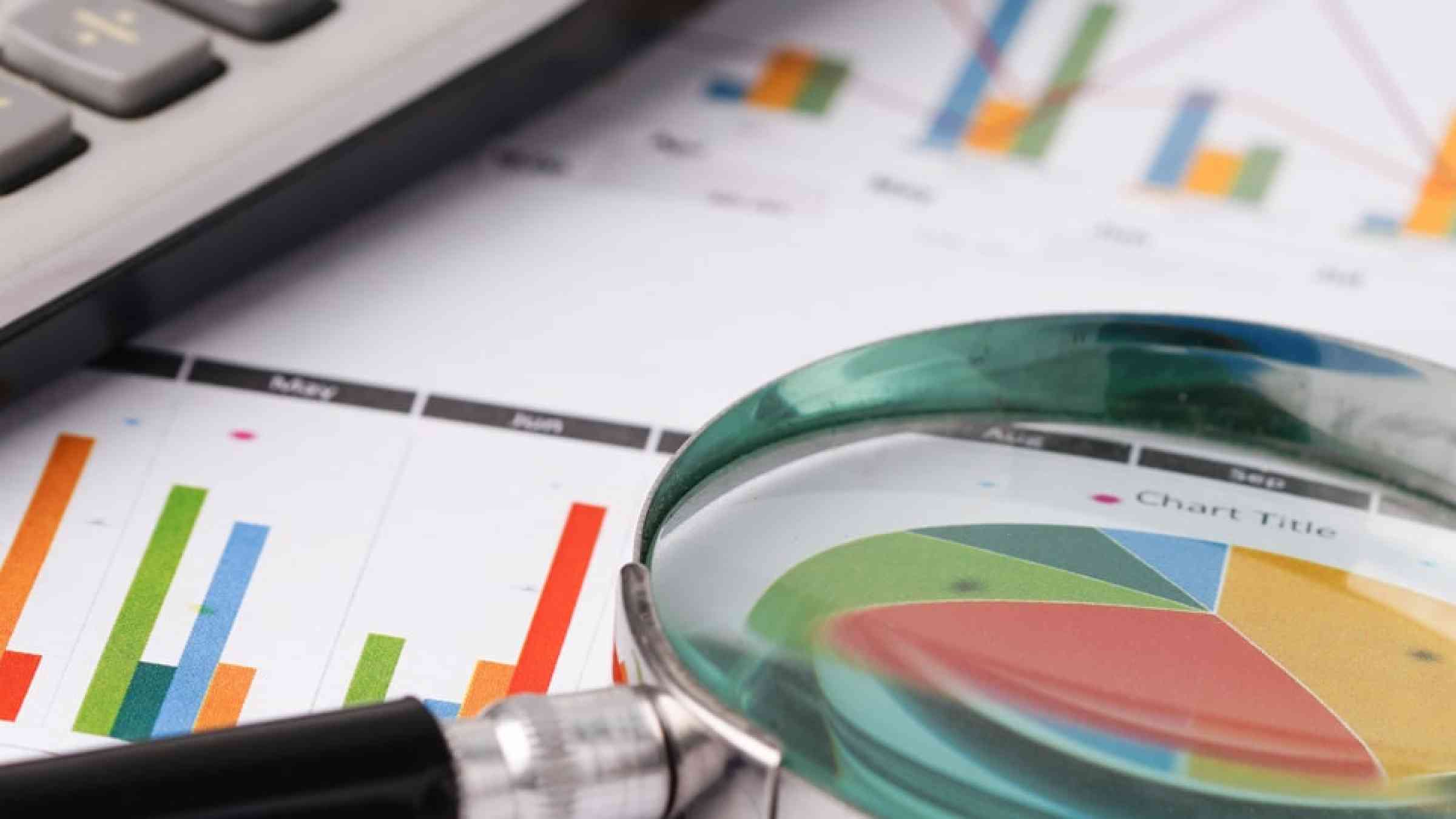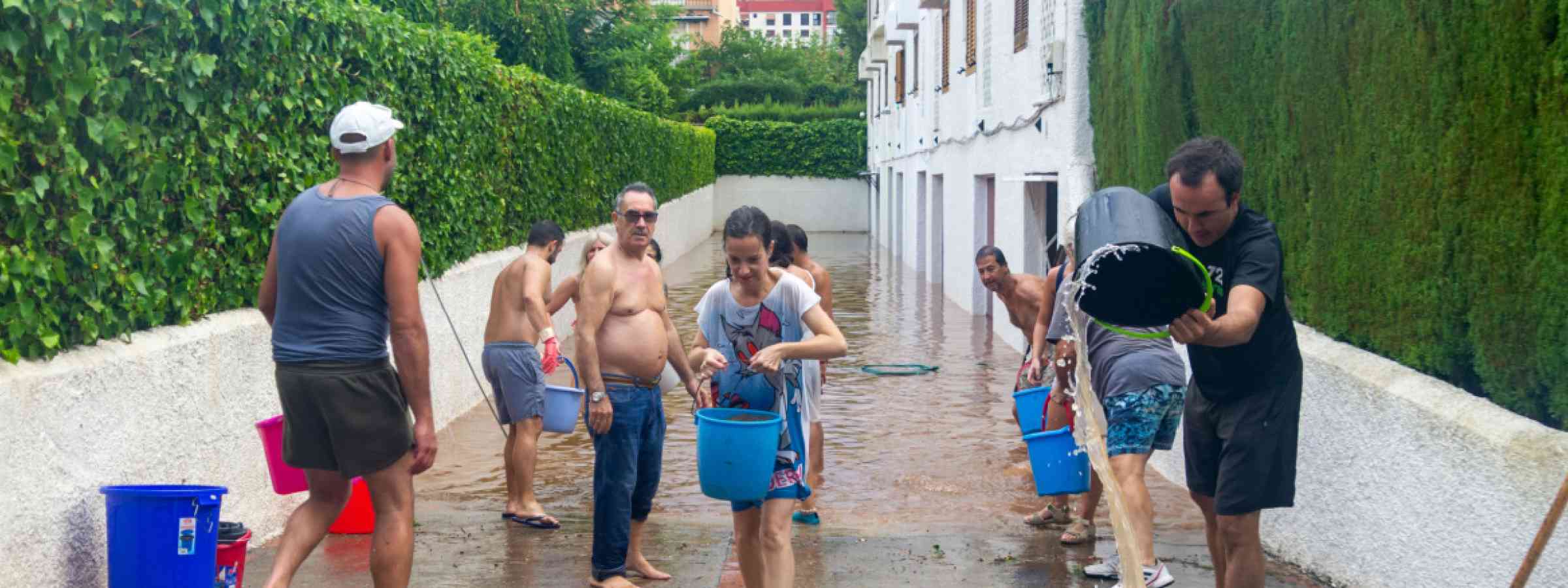Breaking the cycle of risk
Risk is the probability of an outcome having a negative effect on people, systems or assets. Risk is typically depicted as being a function of the combined effects of hazards, the assets or people exposed to hazard and the vulnerability of those exposed elements. Understanding the basis, the composition and what can be done to change risk is Priority 1 of the Sendai Framework for Disaster Risk Reduction.
Risk is ultimately the result of decisions that we make. We make decisions about the hazards to which we are willing to expose ourselves, we make decisions about where to build schools, factories, dams and dykes and how much to invest in disease surveillance and we make decisions about how our societies organize and care for vulnerable people and assets.
Most existing approaches to understanding risk are based on the largest and most historically tractable risks for humans, rather than on the full topography of risks. Most models draw on historical data and observations, assuming that the past is a reasonable guide to the present and the future. The sheer number of people on earth, the changing climate and the dynamic connectedness of requires that we revisit assumptions about the relationship between past and future risk. Because the planet is a network of interconnected systems, risk is complex.

UNDRR wants to break the cycle of disaster > response > recovery > repeat. In 2017, more than $25 billion was requested by UN agencies for humanitarian campaigns; there is no denying that emergencies of any kind are expensive, both in human and economic terms. But more than “building back better”, we need to focus on doing better from the outset. That means both reducing the existing sources of risk in the world and avoiding creating new risk.
At the heart of UNDRR’s approach is the idea of reducing risk, not just preventing disasters; building resilience and making risk-informed investment – social, economic and environmental – the norm. It recognizes that resilience is not just about bouncing back, and that investment is not just about building back better. Radical transformation is needed. Political momentum and commitment to act must transcend election cycles. It means that the private sector must be brought on board, not despite their profit-making agenda, but because of it, in the interest of sustainability. It means that the most vulnerable must drive change, rather than be the recipients of it.
UNDRR seeks to facilitate collaborations between actors within the private and public sectors to build systemic solutions to known and emergent risks, providing real and long-lasting impact for communities.
UNDRR is committed to working with partners who are prepared to face the challenge of reducing risk in the context of seemingly limitless growth, interconnectedness and widening inequality.
We challenge donors, international organizations and the global community we serve to think and act differently about risk; shifting the focus from picking up the pieces after a disaster to embedding understand risk at the start of any investment or development action. UNDRR recognizes that reactive, aid-driven approaches are insufficient and growing less sustainable each year. We need concerted, proactive action to enable communities to reduce risk and develop sustainably.
Related


